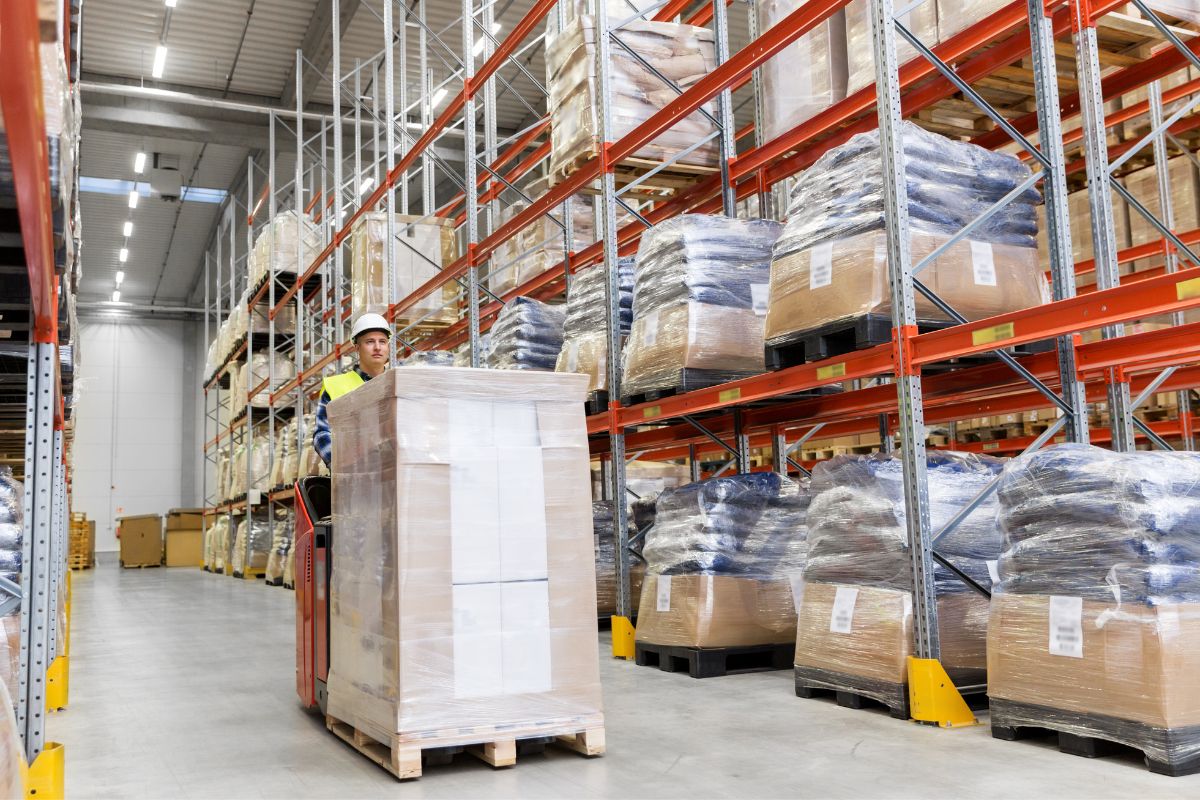Shipping containers have emerged as versatile solutions for storage needs due to their durability, mobility, and cost-effectiveness. Whether repurposing one for personal or business use, setting up a storage space for shipping containers requires careful planning and consideration.
Here is a guide to the dos and don’ts of ensuring your storage setup is efficient, safe, and functional.
Dos
Take the following steps to efficiently set up a shipping container storage space.
Plan and Research
Before diving into setting up your shipping container storage space, take time to plan and research. Consider your storage requirements, available space, regulations, and specific needs. Research different container sizes, features, and modifications that may suit your purpose.
Choose the Right Container
Selecting the appropriate container is critical to ensuring that you can make the best use of the space. Consider factors like size, condition, and material, as well as features like ventilation, insulation, and security enhancements. Assess whether a new or used container best fits your budget and requirements.
For instance, you may find a 40 ft container for sale in your area, and it’s up to you to decide if you want something new or used. Once you make the decision regarding the size and condition, it will be easier for you to proceed.
Ensure Proper Foundation
A solid foundation is essential for stability and longevity. Choose a level surface such as concrete, asphalt, or gravel to place your container. Use concrete blocks or footings to elevate the container and prevent moisture buildup.
Inspect for Damage
Thoroughly inspect the container for any signs of damage, including rust, dents, leaks, or structural issues. Addressing these issues promptly can prevent further damage and ensure the integrity of your storage space.
Install Ventilation
Proper ventilation is critical for controlling temperature and humidity inside the container, especially if you are storing items prone to moisture damage. Install vents or louvres to facilitate airflow and prevent condensation buildup.
Organize and Label
Implement an organized storage system to maximize space and accessibility. Use shelves, racks, and storage bins to categorize and store items efficiently. Clearly label containers and shelves to identify contents and maintain order easily.
Enhance Security
Security measures are vital to protect your stored belongings. Install sturdy locks, security cameras, and lighting to deter theft and vandalism. Consider additional security features like alarm systems or GPS tracking for added protection.
Maintain Regularly
Regular maintenance helps prolong the lifespan of your shipping container storage space. Periodically inspect for signs of wear, corrosion, or pest infestation. Clean the interior and exterior surfaces and repaint as needed to prevent rust and deterioration.
Install Adequate Lighting
Proper lighting is essential for safety and accessibility, especially if accessing the container at night or in dimly lit areas. Install lighting fixtures inside and outside the container to ensure visibility and deter potential intruders.
Don’ts
Here are some things you should avoid when setting up a container storage space.
Overlook Regulations
Before setting up a shipping container storage space, familiarize yourself with local zoning regulations, building codes, and permit requirements. Failure to comply with regulations can result in fines or legal issues.
Neglect Insulation
Insufficient insulation can lead to temperature extremes inside the container, causing damage to stored items. Don’t overlook insulation, especially if storing sensitive materials or operating in extreme climates.
Ignore Drainage Issues
Poor drainage can result in water pooling around the container, leading to rust, corrosion, and structural damage. If necessary, address drainage issues promptly by ensuring proper grading and installing gutters or French drains.
Overload the Container
Shipping containers have weight limits, and exceeding them can compromise structural integrity and safety. Avoid overloading the container with heavy items, and distribute weight evenly to prevent strain on the walls and floor.
Skimp on Security
Security is paramount when storing valuable or sensitive items. Don’t skimp on security measures; inadequate protection can leave your belongings vulnerable to theft or damage.
Neglect Pest Control
Pests such as rodents and insects can infiltrate shipping containers, causing damage to stored goods. Implement preventive measures such as sealing gaps, using pest-resistant materials, and regularly inspecting for signs of infestation.
Forget about Accessibility
Accessibility is critical for efficient storage management. Don’t overcrowd the container or block access pathways, as this can hinder the retrieval of items and increase the risk of accidents.
Compromise on Safety
Prioritize safety when setting up your shipping container storage space. Avoid cutting corners or using substandard materials that could compromise structural integrity or pose safety hazards.
Underestimate Environmental Factors
Environmental factors such as extreme temperatures, humidity, and exposure to elements can impact the condition of stored items. Don’t underestimate these factors; consider additional measures such as climate control systems or weatherproofing to protect your belongings.
Conclusion
Setting up a shipping container storage space requires a balance of careful planning, diligent execution, and ongoing maintenance. By following the dos and avoiding the don’ts outlined in this guide, you can ensure that your storage setup is efficient, safe, and functional.
Remember to continuously assess and adapt your storage space to meet changing needs and environmental conditions. With proper attention to detail and adherence to best practices, your shipping container storage space can serve as a reliable solution for storing belongings securely and preserving their integrity for years to come.
Tags: Container StorageShipping ContainerStorage Solutions

